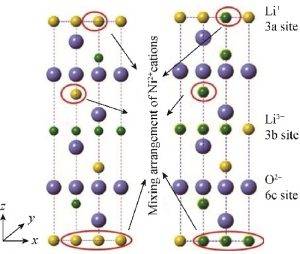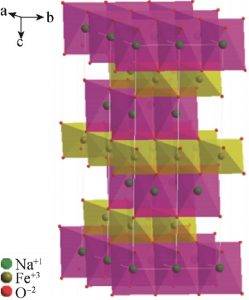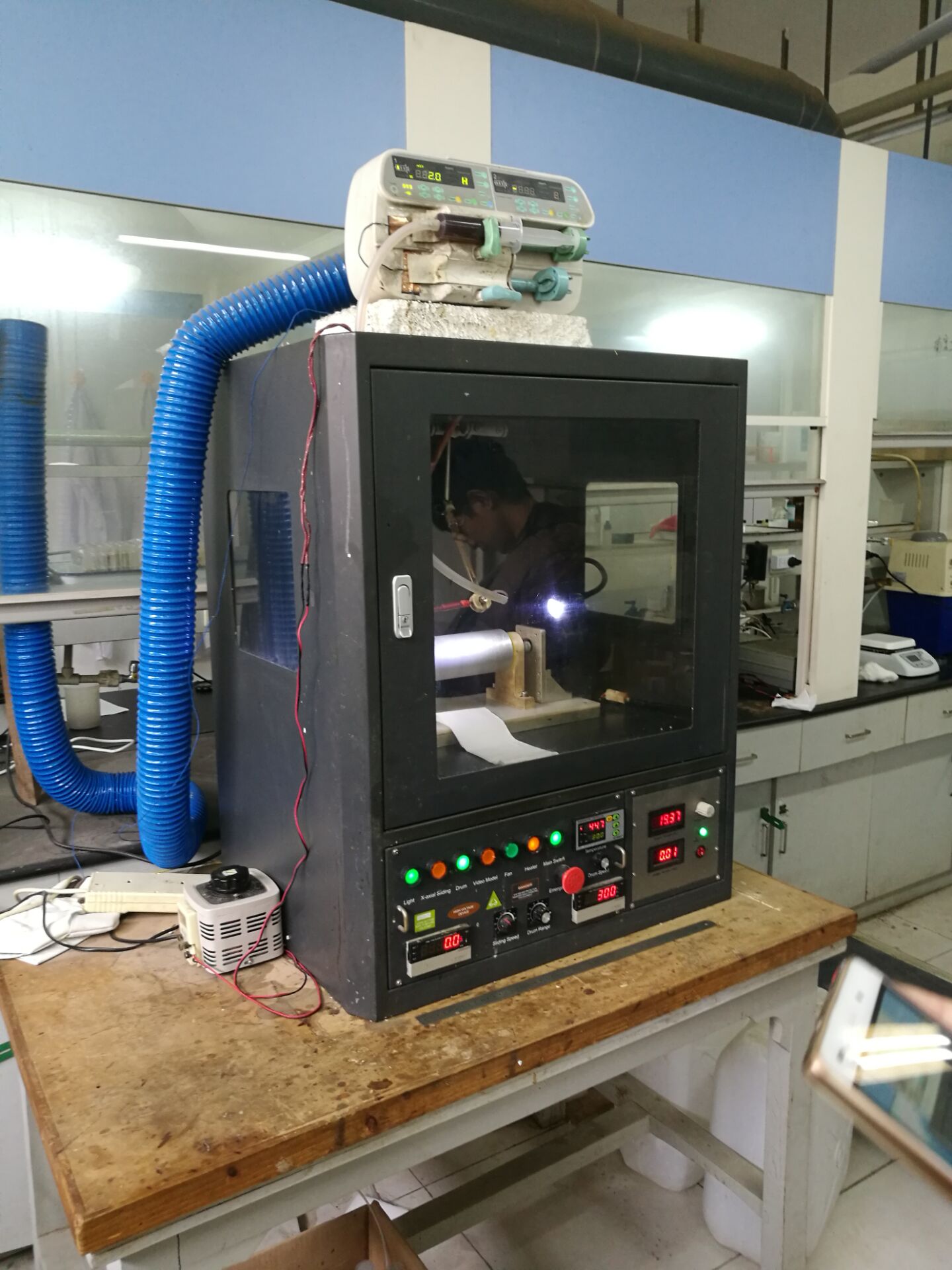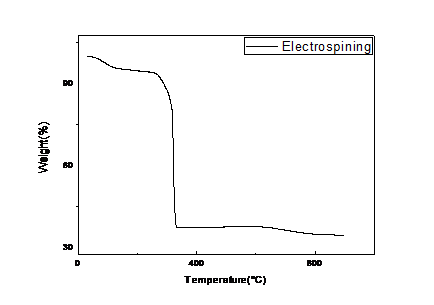利用XRD分析锂电池三元材料的晶体结构毕业论文
2020-06-16 07:04:43
摘 要
Abstract II
第一章 绪论 1
1.1锂离子电池的原理及结构 1
1.2锂离子电池的发展历史 3
1.3 镍钴锰酸锂材料基本性能与发展背景 3
1.4 NCM三元材料的结构及Ni/Li混排原因 4
1.5 Ni/Li混排对锂离子电池性能的影响 4
1.6选题意义 5
第二章 实验 6
2.1实验原料及仪器 6
2.2静电纺丝法制备NCM三元材料前驱体 7
2.2.1 静电纺丝法 7
2.2.2 制备聚合物溶液 7
2.2.3静电纺丝 8
2.3 热重分析法 10
2.4预烧 11
2.5研磨 11
2.6烧结 12
第三章 LiNi0.8Co0.1Mn0.1O2三元材料的分析与表征 12
3.1 X射线衍射仪分析(正极材料物相分析) 12
3.1.1基本原理 12
3.2 X射线衍射数据分析 14
3.3 LiNi0.8Co0.1Mn0.1O2三元材料的形貌分析(SEM图像分析) 16
3.4JADE精修 20
第四章 结论 20
致谢 21
参考文献 21
利用XRD分析锂电池三元材料的晶体结构
摘要
近年来,为了满足日益增长的高能量密度要求,高镍正极材料由于其在可逆容量和技术成熟方面的优势,与工业用正极和高锂材料相比,获得了巨大的发展。镍钴锰酸锂三元材料具有较高的比容量、较好的安全性和结构稳定性等优点,但在制备过程却不可避免的会造成阳离子混排。本文以高镍系的镍钴锰酸锂材料LiNi0.8Co0.1Mn0.1O2为研究对象,通过静电纺丝法制得前驱体。对所得到的前驱体材料进行热重分析,得出其预烧温度以及烧结温度范围,然后在500℃下预烧5h,在850℃下焙烧4.5h制备锂电池三元材料样品,以XRD为主要表征手段,通过比较模型所得的理论数据和实验所得实际数据的差别进行物相分析并结合SEM图像进行形貌分析,并进行JADE精修,对LiNi0.8Co0.1Mn0.1O2三元材料的阳离子混排程度以及该材料的结构进行研究。
关键字:锂离子电池 高镍正极材料 LiNi0.8Co0.1Mn0.1O2 阳离子混排 X射线衍射
Analysis of crystal structure of ternary in lithium ion battery by XRD
Abstract
In recent years, in order to meet the increasing demand of high energy density, rich nickel cathode materials have developed greatly in terms of reversible capacity and technical maturity compared with industrial cathode and rich lithium material. The ternary material of nickel and cobalt manganese oxide has the advantages of high specific capacity, good safety and structural stability, but it inevitably leads to the cationic mixing in the preparation process. In this paper, precursors of LiNi0.8Co0.1Mn0.1O2, a high nickel system, were prepared by electrospinning. By thermogravimetric analysis of the precursor materials, the calcined temperature and the sintering temperature range, then calcined at 500 ℃ for 5 h, calcined at 850 ℃ for 4.5 hours, XRD as the main means, the differences between theoretical data and experimental data were analyzed, and the morphology of the positive LiNi0.8Co0.1Mn0.1O2 was analyzed by SEM image, and the structure of the material was studied.
Keywords:Lithiumion battery;Rich nickel cathode materials;LiNi0.8Co0.1Mn0.1O2;Ni/Li disorder;XRD
第一章 绪论
1.1锂离子电池的原理及结构
锂离子电池(Lithium -Ion Battery)是指以锂离子嵌入化合物为正极材料电池的总称。锂离子电池具有各种各样优点,但其价格相较于其他电池而言比较昂贵,但由于其卓越的电化学性能,许多厂家依然选择锂离子电池作为各种数码设备的电源。
锂离子电池的工作过程,就基本上可以认为是充电式电池中的锂离子嵌入负极碳素材料微孔的过程(图1),和从微孔中的锂离子脱嵌的过程。
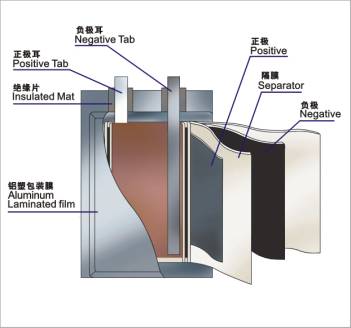
图一:锂离子电池结构图
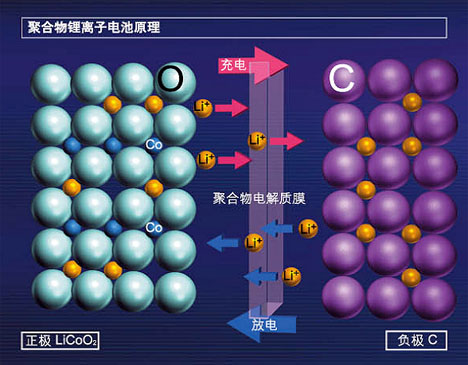 图2:正极材料为LiCoO2的锂离子电池工作原理
图2:正极材料为LiCoO2的锂离子电池工作原理
如图2所示,该图为正极材料为LiCoO2的锂离子电池工作原理。正负极反应如下。
正极反应:
相关图片展示:
